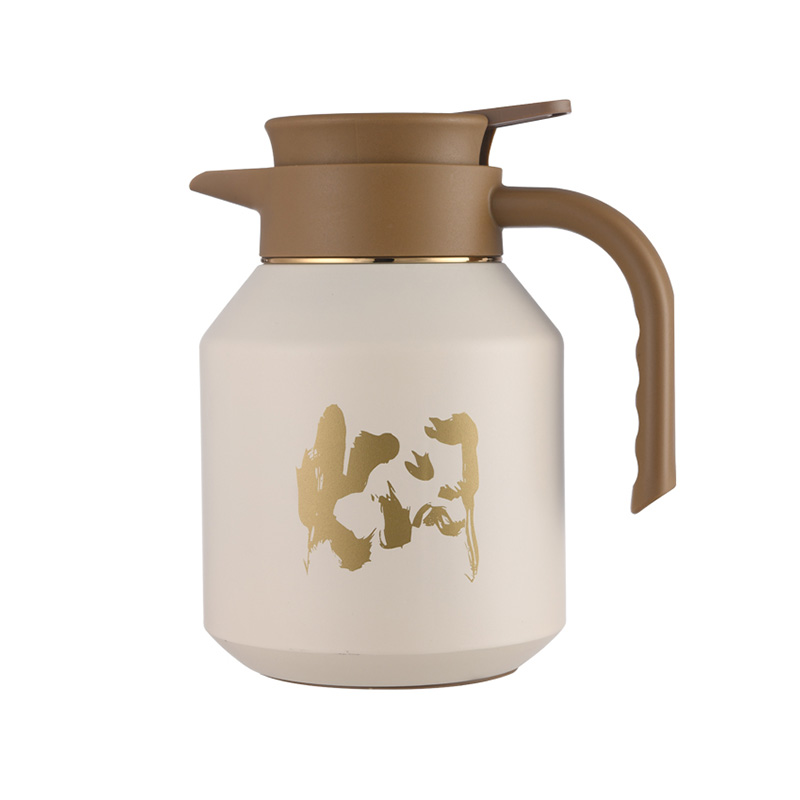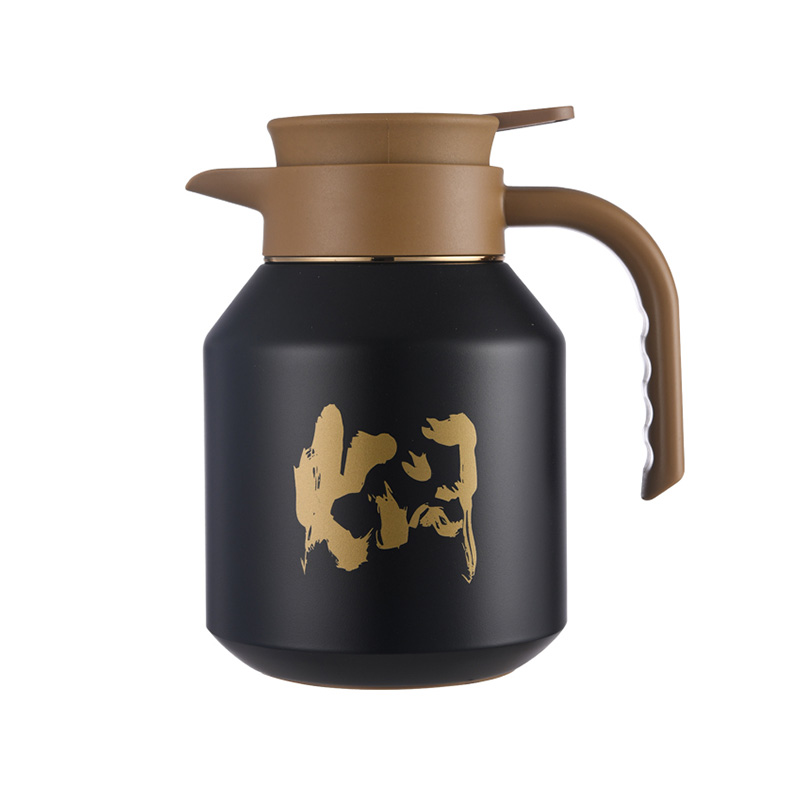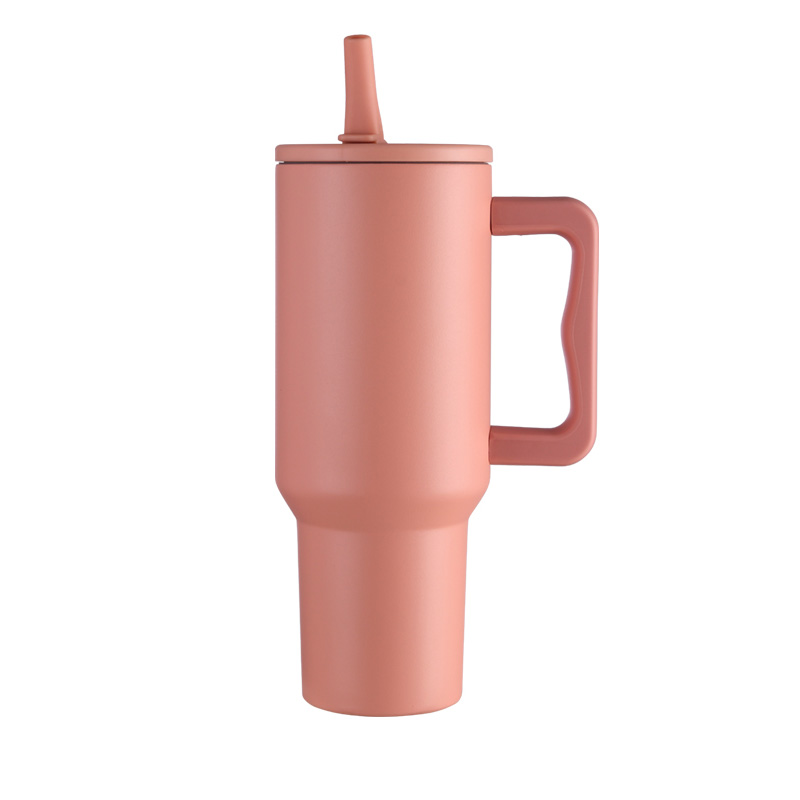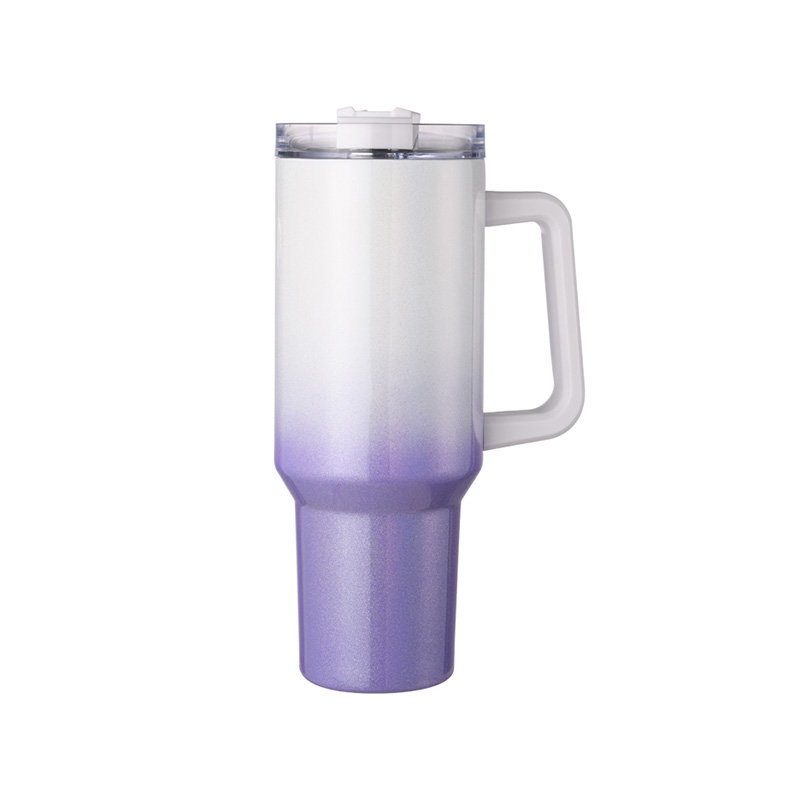-BSCI Certified S/S Tumbler
Industry News
Surface Treatments Enhancing the Durability of a Braised Teapot
Oct 10,2025
Importance of Surface Treatment
A Braised Teapot is widely used for brewing and serving tea, particularly in traditional and modern tea ceremonies. Beyond aesthetic appeal, the surface treatment of a teapot significantly affects its durability, resistance to cracking, and color stability. Properly treated surfaces ensure the teapot remains functional and visually pleasing over long-term use, while untreated or poorly treated surfaces are prone to damage from heat, moisture, and repeated use.

Types of Surface Treatments
- Glazing: A common method used in ceramic and porcelain teapots, glazing provides a smooth, non-porous layer that prevents moisture absorption and reduces the likelihood of cracks forming due to thermal expansion.
- Heat treatment: Some teapots undergo controlled firing processes, which strengthen the material by relieving internal stresses. Heat treatment enhances the structural integrity, making the teapot more resistant to sudden temperature changes.
- Surface coatings: Specialized coatings, such as enamel or sealants, create a protective layer that resists discoloration and surface wear. These coatings can also prevent tea stains from adhering to the surface.
Prevention of Cracking
- Thermal shock resistance: Proper surface treatment allows the teapot to endure rapid temperature changes, such as pouring boiling water into a cold teapot, without developing cracks.
- Internal stress reduction: Firing techniques and glazing help redistribute internal stresses that naturally occur during manufacturing, decreasing the risk of spontaneous cracking.
- Edge and handle reinforcement: Areas like spouts, rims, and handles are more susceptible to cracks. Surface treatments combined with careful design and additional material thickness reinforce these vulnerable areas.
Prevention of Discoloration
- UV and light resistance: Some surface coatings are formulated to resist fading or color change when exposed to sunlight. This is particularly important for decorative teapots placed in open or sunlit areas.
- Stain resistance: Glazed or coated surfaces prevent tea pigments from penetrating the material, maintaining the original color and finish over time.
- Chemical resistance: Protective treatments safeguard the surface from acidic or alkaline substances found in tea leaves or cleaning agents, reducing the likelihood of discoloration.
Material-Specific Considerations
- Ceramic and porcelain: Glazing is essential for both preventing cracks and maintaining consistent color. Multiple firing stages may be used to enhance durability.
- Clay teapots: Yixing or other unglazed clay teapots rely on careful firing and heat treatment, as the porous nature of clay can absorb moisture and increase crack risk.
- Metal or alloy teapots: Surface anodizing, electroplating, or powder coating can prevent oxidation, corrosion, and discoloration, while maintaining heat conductivity.
Maintenance and Care Tips
- Avoid extreme temperature changes: Even with surface treatments, sudden temperature swings can stress the teapot. Pre-warming the teapot before brewing helps prolong its lifespan.
- Gentle cleaning: Using mild detergents and soft brushes prevents abrasion of the protective layer. Avoid harsh chemicals that can degrade surface coatings.
- Regular inspection: Checking for small cracks or discoloration early allows for corrective measures before damage spreads.
Improving Longevity Through Surface Treatments
The surface treatment of a Braised Teapot plays a critical role in preventing cracking and discoloration, directly affecting both durability and aesthetics. Glazing, heat treatment, and specialized coatings help distribute internal stresses, protect against thermal shock, and resist stains or fading. Different materials require tailored approaches to ensure suitable performance, and proper care complements these treatments to maintain the teapot’s structural integrity and appearance. By selecting well-treated teapots and following recommended maintenance practices, tea enthusiasts can enjoy a durable, beautiful, and functional teapot for many years.
NEXT:The Safety of Braised Teapot Regarding Harmful Substances and Odors
Your email address will not be published. Required fields are marked *
 +86-579-87217855
+86-579-87217855 ykdc@dingchuncup.com
ykdc@dingchuncup.com


 English
English Español
Español عربى
عربى




 +86-579-87217855
+86-579-87217855 ykdc@dingchuncup.com
ykdc@dingchuncup.com +86-579-87217600
+86-579-87217600 No.169 Yingbin Avenue, Industrial function zone, Xiangzhu Town, Yongkang Zhejiang, China.
No.169 Yingbin Avenue, Industrial function zone, Xiangzhu Town, Yongkang Zhejiang, China.